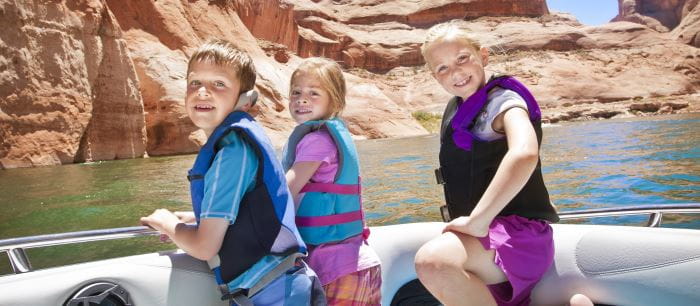
Drowning deaths involving watercraft are more common than we realise. 14% of drowning deaths in Australia occurred while boating or participating in watercraft activities during the last financial year.
The ocean is the most common location for watercraft-related drowning deaths, followed by rivers and beaches.
How do watercraft drowning deaths occur?
Drowning deaths while participating in watercraft activities can occur for various reasons. These include people not wearing lifejackets, drinking alcohol and falling in, being unprepared to cope with weather conditions, when watercraft collide, and when a watercraft is not seaworthy.
All watercraft pose a drowning risk. Some of those more commonly involved with drowning deaths are small aluminium boats (tinnies), jet skis, kayaks, motorised watercraft, sailing boats and inflatable dinghies.
Alcohol is often involved in watercraft related deaths.
The importance of lifejackets
Lifejackets are a vital piece of safety equipment. Better design and technology has led to a range of lifejacket styles that look good, are easy to wear and don’t get in the way of your favourite activity on the water. In fact, there’s a style of jacket for just about every activity and body shape, including convenient inflatable models.
Not wearing a lifejacket can have serious consequences. Sadly, most people who drowned while boating were not wearing a lifejacket.
Remember who is responsible
The captain of a boat has overall responsibility for the safety of their passengers, and must ensure there are sufficient lifejackets for all onboard. However, it is the responsibility of each individual to ensure their own safety by wearing a lifejacket, avoiding alcohol, not skylarking, and complying with the captain's requests.
Boating Safety Checklist
- It is strongly recommended that you always wear a lifejacket
- Keep your weight centred when entering and leaving a small boat
- Stow all gear safely
- Follow the boating traffic rules
- Avoid swimming areas, weirs, rocks and other crafts
- Monitor weather reports
- Look out for warning signs of bad weather
- Let people know your destination and when you expect to return
Download a copy of the Royal Life Saving Watercraft Safety Factsheet at the link below:
